Enter a surname, town name or other keyword to search the database. Remember to
allow for the different spellings of 'Mc' and 'Mac.' Good luck!
{Search tips: Use single word search terms for more results}
You must enter some valid character(s) into the search field
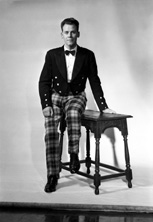
Reference: 44446a
R.S. MacDonald, Eastgate, Inve...
|
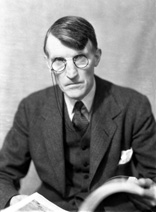
Reference: 29684b
Sir Alexander Malcolm MacEwen,...
|
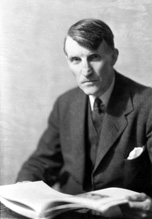
Reference: 29684a
Sir Alexander Malcolm MacEwen,...
|
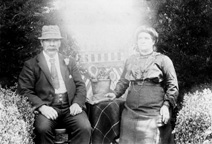
Reference: 877
Copy for Mrs Robertson, Old ...
|
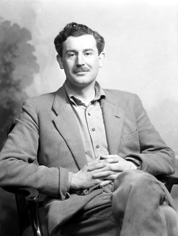
Reference: 40813b
Lord Lovat. Brigadier Simon Ch...
|
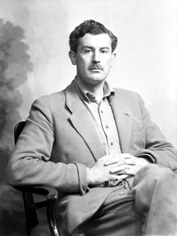
Reference: 40813a
Lord Lovat. Brigadier Simon Ch...
|

Reference: 4317
Catering school group photogra...
|
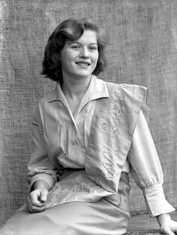
Reference: 689b
Dolores Law. Sash indicates sh...
|

Reference: 689a
Dolores Law. Sash indicates sh...
|

Reference: H-0073
Wedding group portrait outside...
|
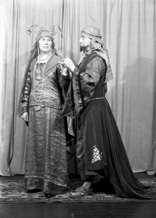
Reference: 29108f
Matheson Lang was born in Mont...
|
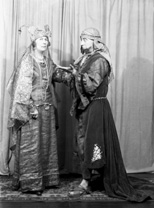
Reference: 29108e
Matheson Lang was born in Mont...
|